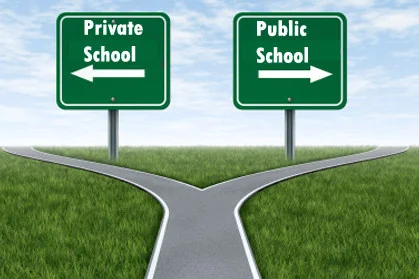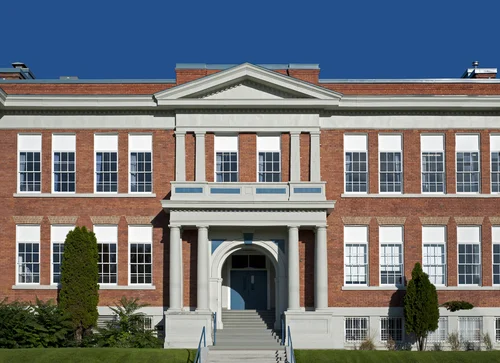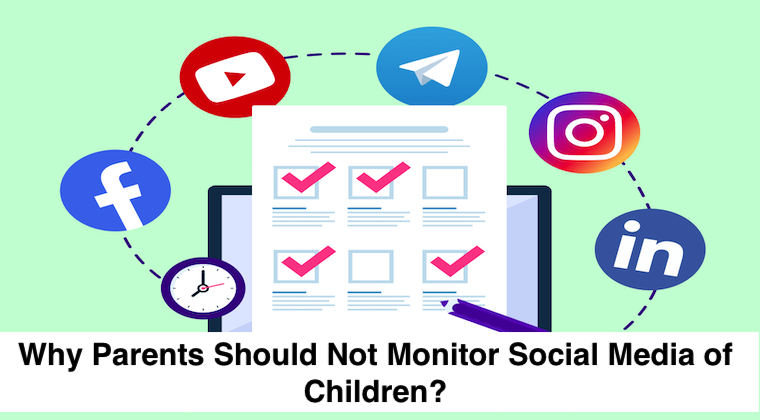+1 845 259 2974 (11 a.m to 7 p.m CST)
Extending Beyond the Classroom: Benefits of Attending Charter Schools

A recent report suggests charter schools now enroll 5% of all students in the United States. This is a representation of the slight but substantial shift of funds from public schools to publicly-funded but privately-run charter schools. Al Shanker, the former president of American Federation of Teachers, gave the progressive idea behind charter schools. The idea was to create innovative institutions for learning that explored the best practices in teaching to help the neediest of students. If successful, charter schools were supposed to serve models for other public schools. But is it essential to ensure that our investment in education really provides equity to students in public schools or not?
The real charter school
Charters were supposed to be an opportunity for teachers to be creative and experimental educators, ready to take risks without the constraints of traditional bureaucracy. But they have changed from schools endorsing experimental specialty to a more privatized structure rather than a public one. Most of the policies of charter schools lead to hierarchal education with a tiered student body. The system of education revolves around the ‘no excuses’ philosophy which is ironic since charter schools were built to give students choice and enhance flexibility. The million dollar question here is how are charter schools different from public schools?
Charter schools vs Public schools
Charters schools are publicly funded but lack the oversight local school committees provide public schools. These committees are publicly elected to ensure the involvement of taxpayers. Enrollment in a charter school rarely runs parallel to that of a public school. As they serve to a small demographic, the effect charter schools have on other schools in the district can be prejudicious. Smaller classes result in fewer numbers of students with special needs and disabilities as compared to public schools as well as the students coming from low-income backgrounds.
The real deal
As compared to public schools, fewer foreign students enroll and consequently there are fewer English language learners. If Al Shanker’s idea was to be followed, charter schools would have such high attrition rates as they do now. These institutions are doing little for students with special needs because of which more and more students with behavioral and academic challenges return back to the sending districts.
Potential damage that charter schools can do to the community
Beside the possible damage charter schools can do to public schools, their implications on the community at large will also be visible with time. A recent report by Moody’s Investment Services suggests that an increase in the enrollment in the charter schools can have an impact on credit ratings especially in poor cities. As these institutions are publicly funded, the district must keep an eye on its pocket. The district’s spending includes maintaining building for both public and charter schools, paying their employees and funding other programs.






















